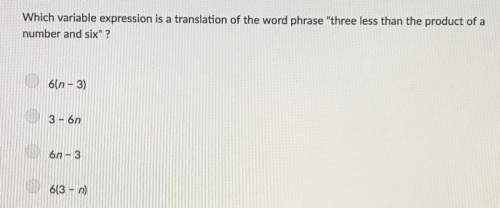
Mathematics, 11.02.2020 20:49 Twitches
The analysis of tooth shrinkages by C. Loring Brace and colleagues at the University of Michigan's Museum of Anthropology indicates that human tooth size is continuing to decrease and that the evolutionary process did not come to a halt some 30,000 yrs ago as many scientists contend. In northern Europeans, for example, tooth size reduction now has a rate of 1 percent per 1000 years. Answer the following:
a. If t represents time in years and y represents tooth size, use the condition that y = 0.99y0 when t = 1000 to find the value of k in the equation y = y0ekt Then use this value of k to answer the proceeding questions.
b. In about how many years will human teeth be 60 % of their present size?
c. What will our descendant's tooth size 26000 years from now (as a percentage of our present tooth size)?

Answers: 3


Other questions on the subject: Mathematics


Mathematics, 21.06.2019 15:40, 1tallison1
What is the first quartile of this data set? 10, 11, 12, 15, 17, 19, 22, 24, 29, 33, 38 a. 12 b. 19 c. 29 d. 10
Answers: 1

Mathematics, 21.06.2019 18:30, juliaduenkelsbu
Anew shopping mall is gaining in popularity. every day since it opened, the number of shoppers is 5% more than the number of shoppers the day before. the total number of shoppers over the first 10 days is 1258 how many shoppers were on the first day?
Answers: 2

Mathematics, 21.06.2019 20:00, carligreen090
Leslie started last week with $1200 in her checking account. during the week, she wrote the checks below.
Answers: 1
You know the right answer?
The analysis of tooth shrinkages by C. Loring Brace and colleagues at the University of Michigan's M...
Questions in other subjects:


Mathematics, 18.09.2019 06:00



History, 18.09.2019 06:00


History, 18.09.2019 06:00


Mathematics, 18.09.2019 06:00




